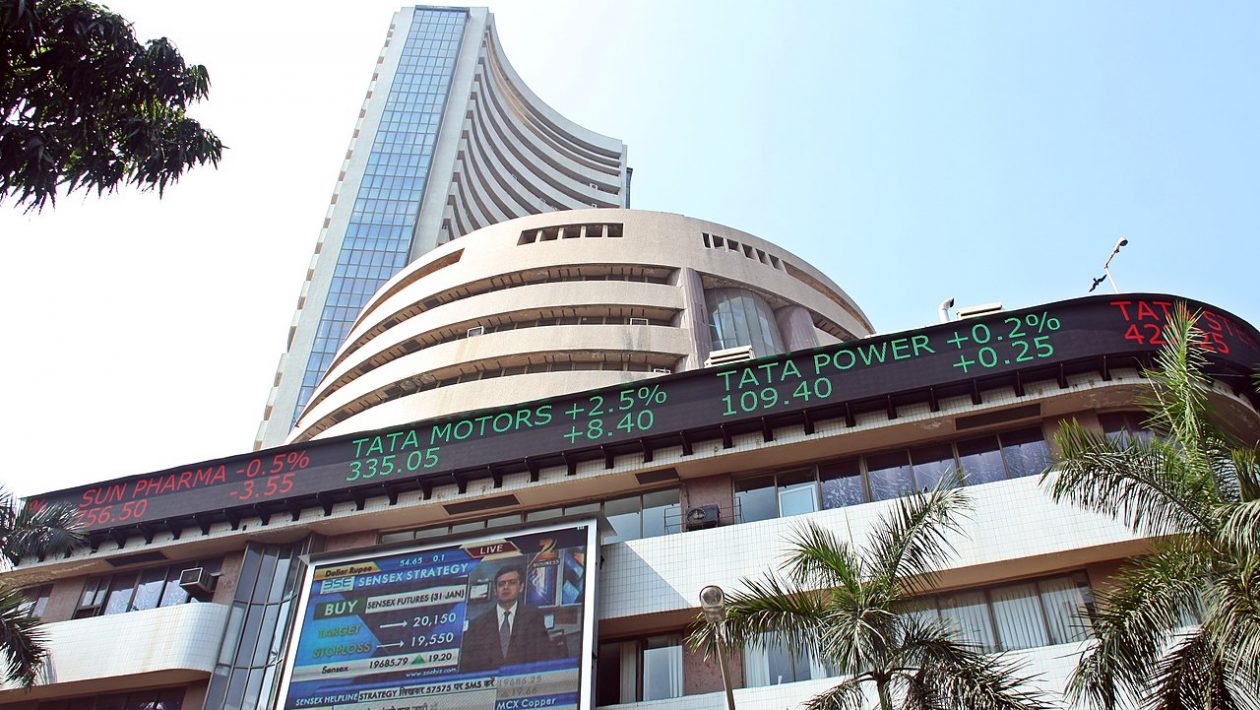The COVID-19 pandemic and its associated lockdown have hit the Indian economy hard. Since establishments, offices, and shops are closed business has come to a grinding halt. This has affected the economy severely. The overall economy has taken a serious hit and people’s incomes have fallen. Even the biggest companies are reeling under the impact of COVID-19 and its associated lockdown. Companies are either laying off employees, putting them on furlough, or cutting pay. This impact of the lockdown won’t be over soon even if the lockdown is lifted. The stock market also reflects this sentiment and Sensex now is in terrible shape.
What is happening to Sensex now?
Table of Contents
Businesses have come to a halt; companies are closed and hence there is hardly any revenue generation. Sensex now has fallen to severely low levels as stock prices have plummeted. Investors both institutional and retail have lost a lot of money because of this. Losses in the stock market mean lesser cash in the hands of people and hence lesser spending. This is a vicious cycle that does not seem to be getting over soon. Since the lockdown started, the stock market has seen a heavy downturn. Even Mutual Funds have been severely impacted by this.
On the fourth of May, the Sensex was down by 2002 points or 5.94% to 31,715. Nifty dropped by 566 points or 5.74% to 9293. Nifty Smallcap fell by 3.23% while Nifty Midcap fell by 4.40%. The Nifty 500 too was down by 5.19%. This represents a huge fall in the market within a single day. The index has fallen by 47% since April. The stock market journey has been rocky for the past few weeks. Despite its ups and downs, significant gains were wiped off on the fourth of May.
Reasons behind the fall
The current status of the Sensex now cannot be attributed just to the COVID-19. Even before the lockdown, India’s financial institutions were facing a liquidity crunch. The lockdown only exacerbated this until it started affecting the markets throughout. The government did announce a stimulus package to negate the impact of this crisis. However, it has only been of limited avail. A lot of factors have compounded together and they’re all dragging Sensex down. Investors are particularly concerned since they have seen their wealth get systematically eroded.
Here are some of the factors that are affecting Sensex now:
Fresh Tensions
The US and China got embroiled in a trade war some time back. This trade war had global ramifications and it dragged even the Sensex lower. The US and China ended their 18-month trade war by signing a trade deal last year. They are now again embroiled in a tussle. This is hurting markets worldwide and hurting the market sentiment in India. Moreover, allegations being hurled at each other by the US and China are only making things worse.
The US wants to sue China for damages caused due to the Coronavirus. They’re expecting 1 million dollars for the death of each US citizen. The US President Donald Trump is urging a thorough investigation into the source of the Coronavirus. China maintains that it originated in a wet market in Wuhan. The US alleges that it is a Bio-weapon leaked from a Weapons lab in Wuhan. In fact, a lot of people believe that it is a virus that was created in a research lab in Wuhan.
In return, China’s state media is propagating the news that COVID-19 was released by the US military upon China. All this coming at a time when all countries are expecting a contraction in GDP is pulling the markets down. This sours the ideas of a good economic re-start after easing of lockdown restrictions.
Q4 earnings are disappointing
March quarter earnings have been disappointing for all investors. Earnings of companies have been lower than market estimates. This has severely affected Sensex now. Even Large Caps like Reliance Industries, Hindustan Unilever, and Tech Mahindra failed to meet market estimates. The share price of these 3 companies fell up to 7% in the morning trade on the fourth of March. This pushed the indices lower. The fall in earnings only reflects the one week of lockdown in March. The real impact of the lockdown will be felt in the June quarter earnings.
Lockdown 3.0
Sensex now is also reeling under the impact of the second extension of the lockdown. The lockdown will now stay in place till May 17th albeit some relaxations. These relaxations have not brought much joy as market analysts expect severe supply chain disruptions. 130 districts have been designated as red zones by the government which will remain under stringent lockdown measures. Most metropolitan cities fall under these 130 red zones hence their economic recovery will be negligent. 284 districts have been designated as orange zones while 319 districts are marked as green zones.
The orange and green zones will have relaxations and graded economic activities can be resumed. However, public transport and interstate travel by cars, buses, trains, or airplanes remain prohibited. Experts expect Q1 and Q2 earnings to be muted. Some economic recovery is expected only in Q3 that too if the pandemic is managed well across the globe.
Weak Global Cues
Globally, the markets tried to find traction but failed. The US Dollar inched higher while oil prices fell to historic lows. With negligible demand for oil the world over, the prices became negative for the first time in history. All risk-sensitive currencies took a hit and US oil futures fell.
Market Overview
In the 30-share pack of Sensex, only Sun Pharma had some gains with its stock price rising to Rs 470. Reliance Industries, Hindustan Unilever, and Tech Mahindra fell by 7%. ICICI Bank and Bajaj Finance were the biggest losers as they were down by 8%. Tata Steel, IndusInd Bank, and M&M saw a 6-8% fall. Nifty Pharma was the only one that was trading with gains which were 0.12%. Nifty Private Bank was down by 6.93% making it the biggest loser. The Nifty Financial Services and Nifty auto also fell by around 6%.
Final Thoughts
All these factors are making investors jittery and some economic recovery is only expected in the third quarter of this year. Some analysts expect a V-shaped or a U-shaped recovery but it remains to be seen of that will really happen.

